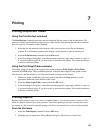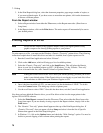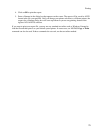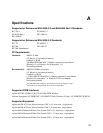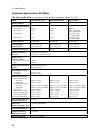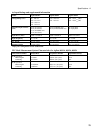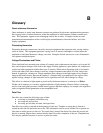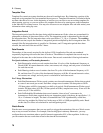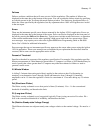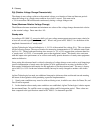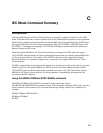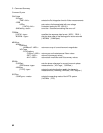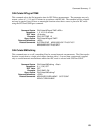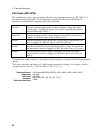77
B
Glossary
Quasi-stationary Harmonics
Quasi-stationary or steady-state harmonic currents are produced by electronic equipment that generates
non-varying levels of current distortion, where the amplitude of each harmonic remains constant over
time. This equipment appears as an unchanging load on the ac mains. Examples include test and
measurement instrumentation such as oscilloscopes and multimeters, electronic ballasts, and video
display equipment.
Fluctuating Harmonics
Fluctuating harmonic currents are caused by electronic equipment that represents time-varying loading
on the ac mains. This equipment generates varying levels of current consumption or drain where the
amplitude of individual harmonics change over time. Examples include microwave ovens, dishwashers,
laser printers and photocopiers.
Voltage Fluctuations and Flicker
When loads that have automatic turn on/turn off controls such as thermostats and timers cycle on and off,
they cause frequent changes of the load to the supply. Kitchen appliances, space heaters, air conditioners,
copiers and other equipment include these type of controls. When such a fluctuating load is in a branch
circuit with other loads, these changes cause rms voltage fluctuations that affect all of the loads in the
branch. In particular, variations in voltage amplitude cause changes in the light output of any filament
lamps in the branch circuit. Because the output of a filament lamp is proportional to the square of the
applied voltage, changes in light intensities can be significant even for small changes in voltage.
This effect of variation in light output as perceived by the human observer is referred to as flicker.
Flicker can be random, or it can be a regular modulation of light intensity. Because flicker is annoying,
and for some individuals presents a health hazard (persons that have epilepsy for example), the regulation
seeks to
regulate flicker generation to an acceptable level.
Data Files
Data files may contain the following types of data:
ñ test setup (or template) information only
ñ test setup and pre-test data
ñ test setup, pre-test data, test data, and report data
Data files are created or selected at the beginning of each test. Template or setup data is entered or
copied into the data file before the test is run. This information may be saved and the file re-opened at a
later time to run the pre-test or the test. Test result data is entered into these files when the pre-test and
the test is running. Report data is entered into the data files at the completion of the test. Completed test
files may be opened at any time to review or print test results.



